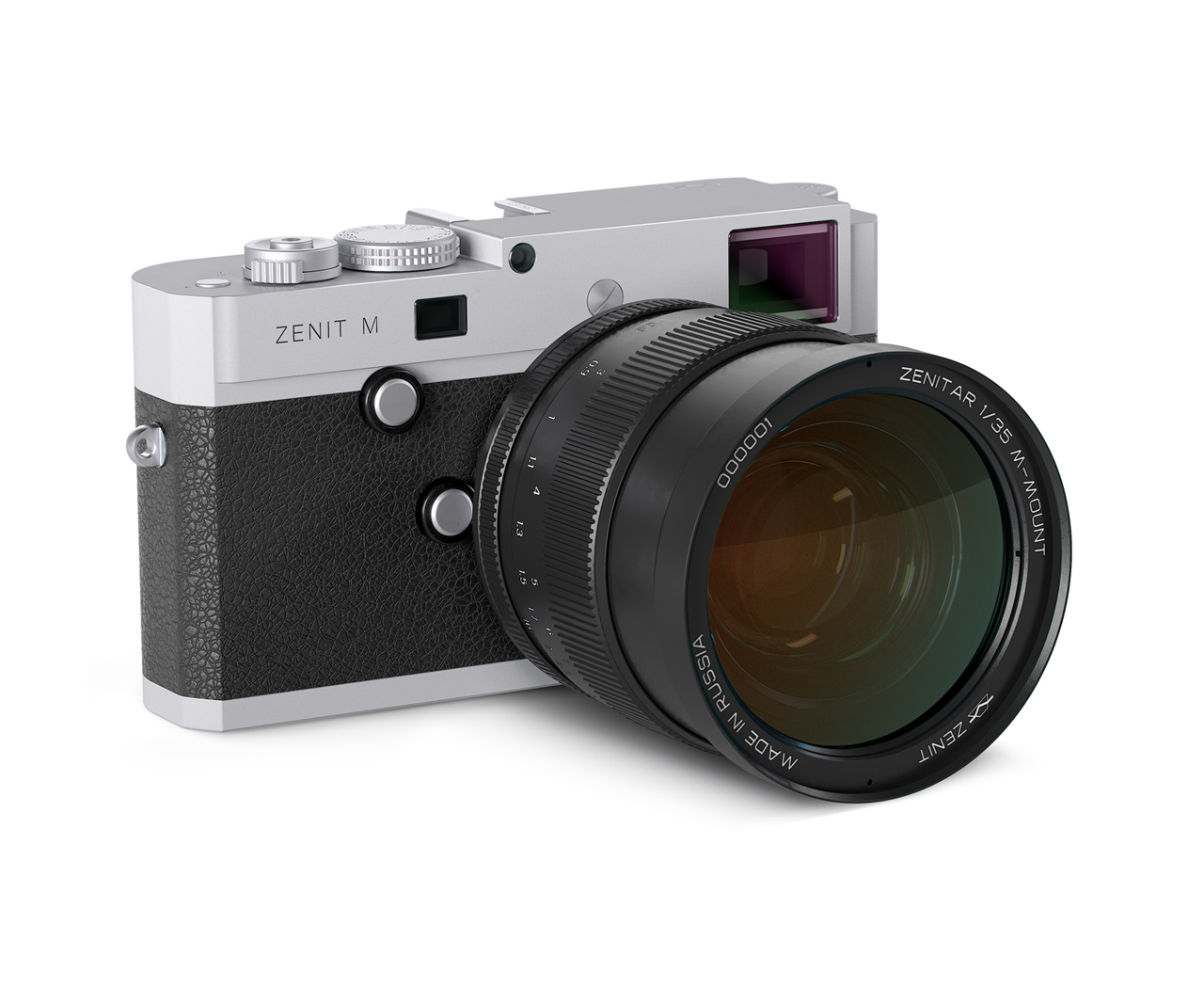The Mechanics of Rangefinder Cameras
Understanding the Rangefinder Focusing Mechanism
Rangefinder cameras feature a unique focusing mechanism that differentiates them from other camera types, such as SLRs or point-and-shoot cameras. Instead of looking through the lens, the photographer uses a separate viewfinder paired with a rangefinding mechanism for focusing.
Dual-Image Rangefinding
At the heart of a rangefinder camera is the dual-image rangefinding system. The camera is equipped with two windows: the viewfinder you look through and a second window that is part of the rangefinder system. Inside the camera, there are mirrors or prisms that project the image from the second window into the viewfinder, creating two superimposed images.
When the focus is out, these two images appear misaligned. As the focusing ring on the lens is turned, the images move relative to each other. Once the images align perfectly, the subject is in sharp focus. This system allows for very quick and accurate focusing, as the human eye is quite adept at detecting when two images are perfectly overlaid.
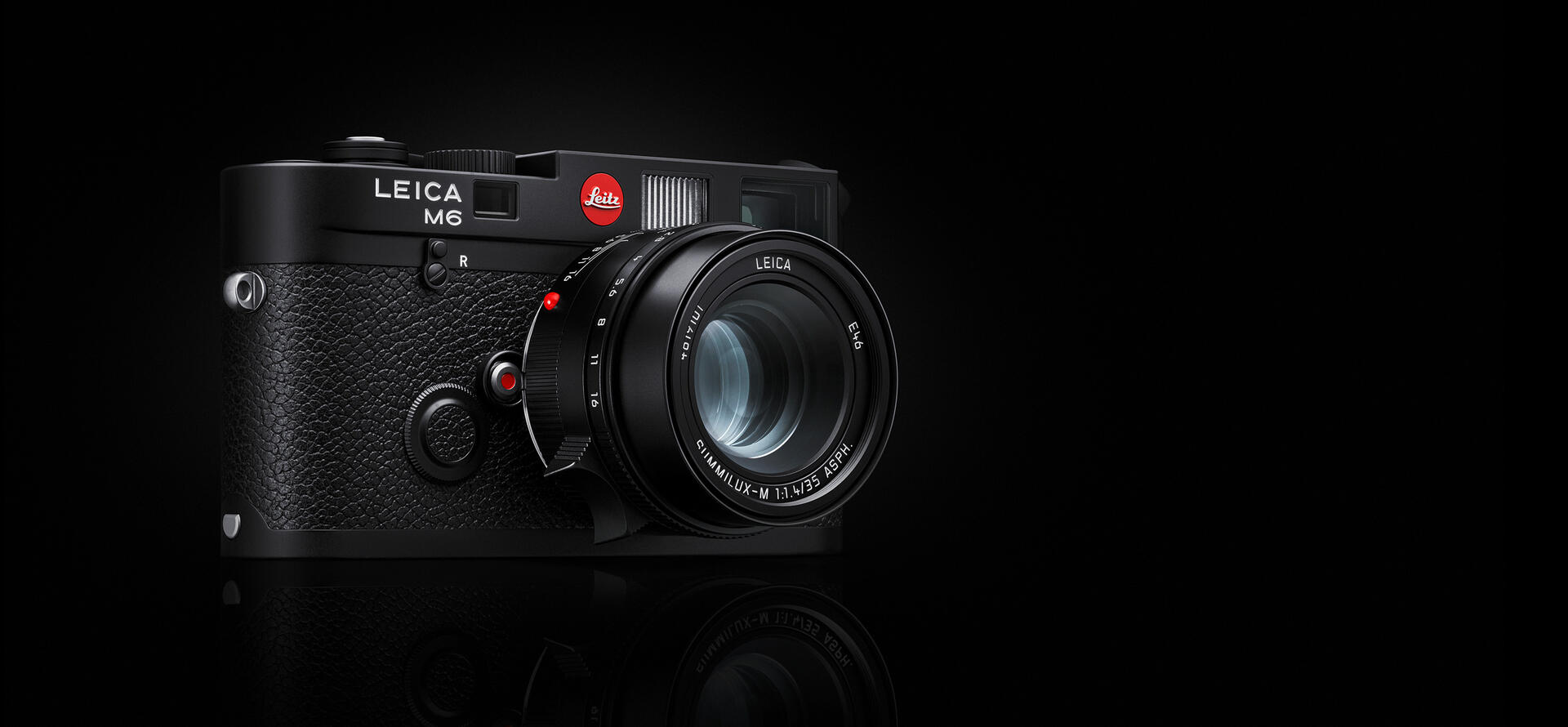
The Benefits of a Coupled Rangefinder
The rangefinder in these cameras is typically “coupled,” meaning it is mechanically linked to the movement of the lens’s focusing element. This ensures that the rangefinder’s indication of focus is accurate for the specific lens in use.
Precision in Focus
A coupled rangefinder offers a high level of precision, which is particularly useful when shooting with wide apertures or when working with subjects that require critical focus. It also allows for a more rapid focusing process compared to SLR cameras, which may suffer from a darker viewfinder when using fast lenses.
Optical and Mechanical Complexity
The construction of a rangefinder camera is a feat of optical and mechanical engineering. The alignment of the rangefinder must be precise, as even slight misalignments can lead to incorrect focusing. The rangefinder’s accuracy is dependent on a series of finely calibrated gears and levers that translate the lens’s movement into the visual alignment of images in the viewfinder.
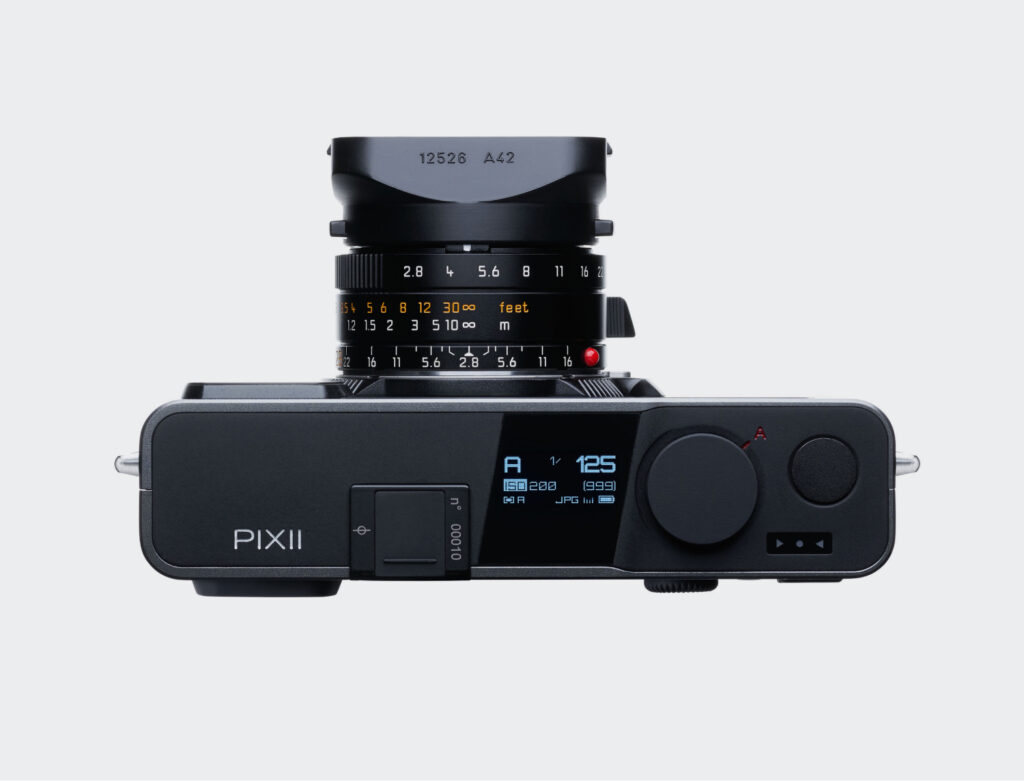
Maintaining and Calibrating Rangefinders
Over time, the mechanical components of a rangefinder camera can become misaligned due to impacts or wear and tear. For this reason, it’s not uncommon for rangefinder cameras, particularly older models, to require periodic calibration to maintain their accuracy. This is typically done by a professional technician who can adjust the rangefinder’s components to restore precise alignment.
Conclusion
The mechanics of rangefinder cameras represent a harmonious blend of optical precision and mechanical ingenuity. The distinct focusing system of rangefinders offers photographers a high degree of control and speed, making these cameras a beloved tool for many, including street and portrait photographers. While digital technology has largely supplanted the use of traditional film rangefinders, the design principles remain respected and are still incorporated into modern digital rangefinders for their tactile feel and operational efficiency.
The History and Evolution of Rangefinder Cameras
Origins and Popularity
Rangefinder cameras have a storied history, with their heyday occurring in the mid-20th century when brands like Leica and Contax were leading the market. These cameras were popular among photojournalists and documentary photographers due to their portability, ease of use, and reliable mechanics.
Transition to Electronic Systems
While the traditional mechanical rangefinder cameras have largely been replaced by modern digital cameras, some brands continue to produce digital rangefinder cameras that retain the mechanical rangefinding mechanism, combining classic design with contemporary imaging technology.

The Evolution of Rangefinder Cameras in the Digital Age
Transition from Film to Digital
Emergence of Digital Rangefinders
With the advent of digital photography, rangefinder cameras have evolved to incorporate digital sensors while maintaining the classic rangefinder mechanism for focusing. This evolution has allowed these cameras to retain their esteemed place in the photography world, blending traditional tactile controls with the convenience and quality of digital imaging.
Characteristics of Digital Rangefinder Cameras
Maintaining Classic Aesthetics and Operation
Digital rangefinder cameras, much like their film predecessors, feature a minimalist design and manual controls. Many photographers prize these cameras for their simplicity, which often includes a manual focus system, a mechanical shutter speed dial, and an aperture ring on the lens. This hands-on approach provides a sense of connection and intentionality to the photographic process.
The Digital Sensor Advantage
Replacing film with a digital sensor brings numerous benefits, including the ability to immediately review images, change ISO sensitivity on the fly, and capture a large number of images without the need to change rolls of film. Advanced digital rangefinders may also offer features such as live view, high-resolution displays, and connectivity options that film cameras could not provide.
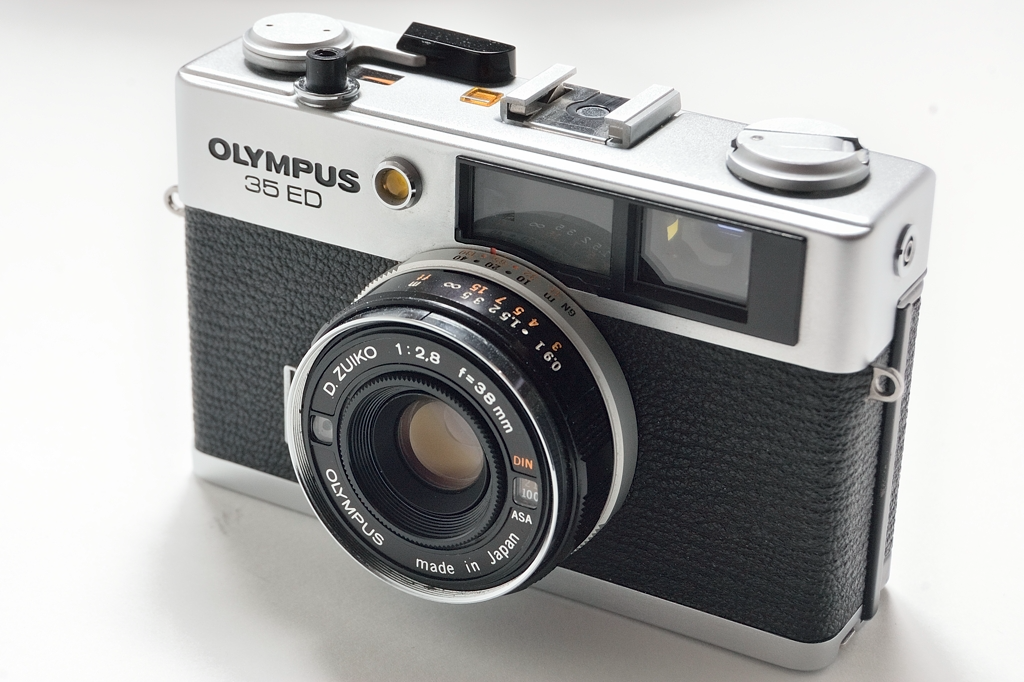
Popular Digital Rangefinder Models
Industry Leaders
Leica, a brand synonymous with rangefinders, continues to produce digital rangefinder cameras that are highly regarded for their build quality, image rendition, and iconic status. The Leica M series, for instance, stands out as a benchmark for digital rangefinder design, offering full-frame sensors and compatibility with an extensive selection of high-quality lenses.
The User Experience
Precision and Intimacy of Manual Focus
Digital rangefinder users often speak of the precision and intimacy afforded by the manual focus system. The direct control over focusing can lead to a more deliberate and contemplative photographic style, which is highly valued in genres such as street photography, portraiture, and documentary work.
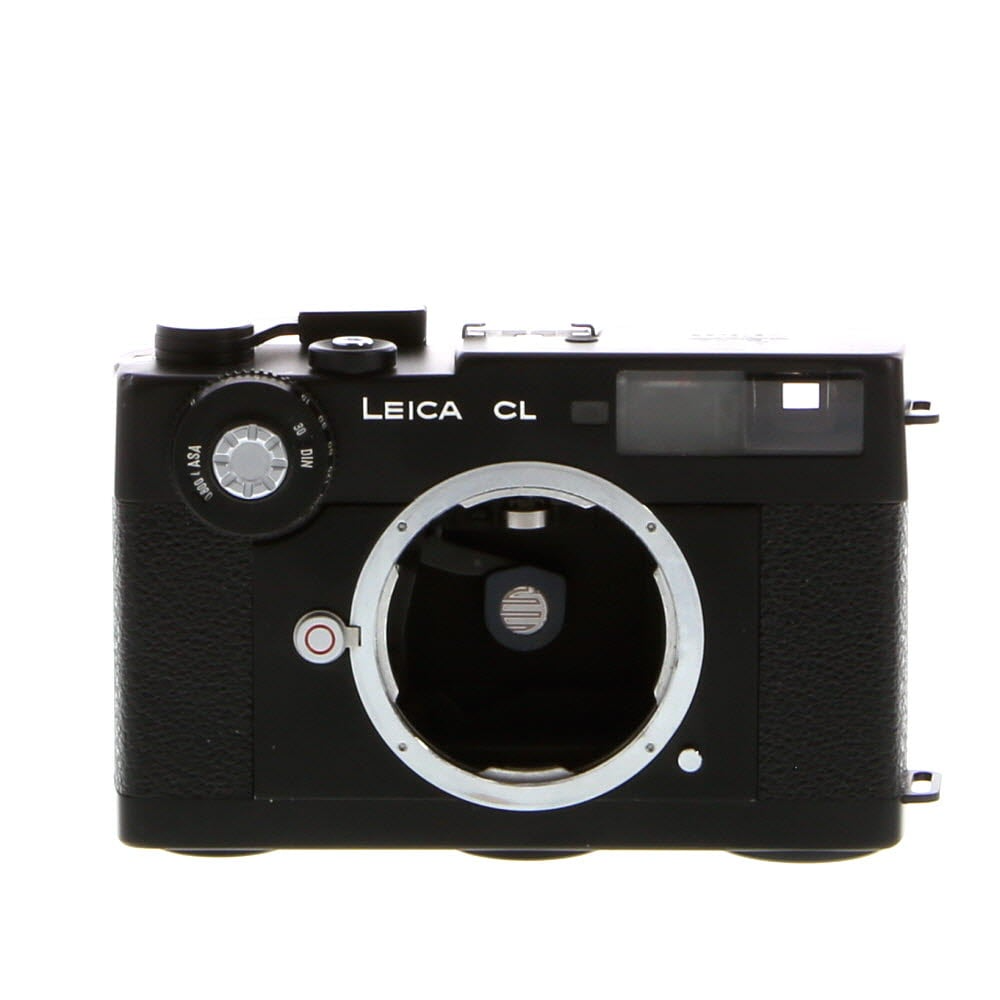
Niche Appeal and Community
A Dedicated Following
While not as mainstream as DSLR or mirrorless cameras, digital rangefinders have cultivated a dedicated following of photographers who appreciate their unique characteristics. The rangefinder community is often passionate about the history, craftsmanship, and photographic philosophy embodied by these cameras.
Conclusion
Digital rangefinder cameras stand as a testament to the enduring appeal of the rangefinder design. They offer a distinctive experience that harkens back to the roots of photography while embracing modern technological advancements. For photographers who value the art of manual focusing and the feel of a mechanical camera, digital rangefinders provide a timeless choice in an ever-evolving digital landscape.
Conclusion
Rangefinder cameras are distinguished by their unique focusing system and have played a significant role in the history of photography. They continue to be cherished by photographers who appreciate the tactile experience of manual focusing and the unobtrusive nature of the cameras. Whether in their classic film form or modern digital iterations, rangefinder cameras offer a distinct photographic experience that stands apart from other camera types.
